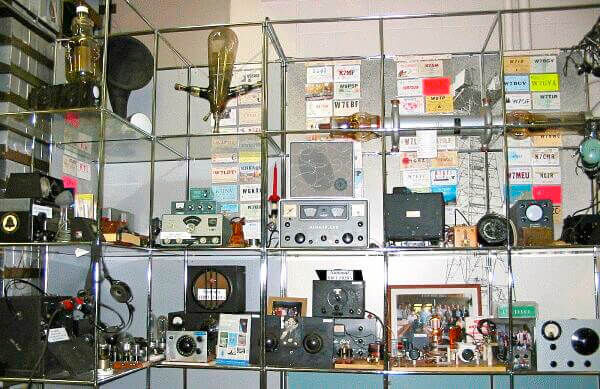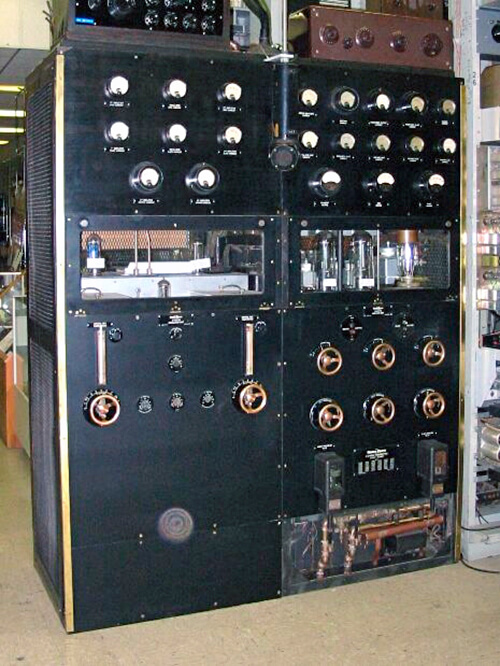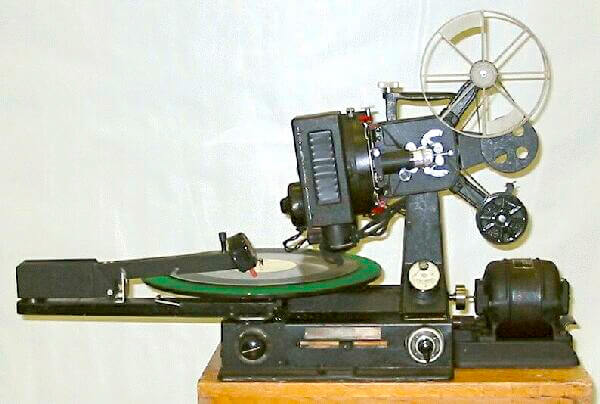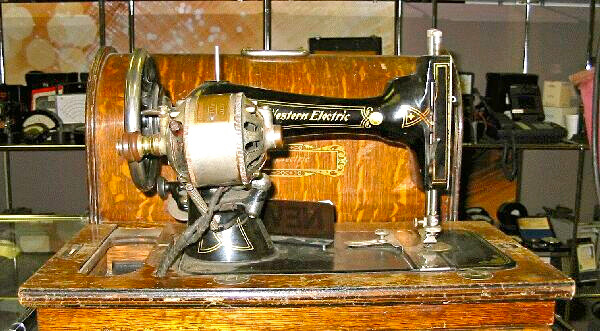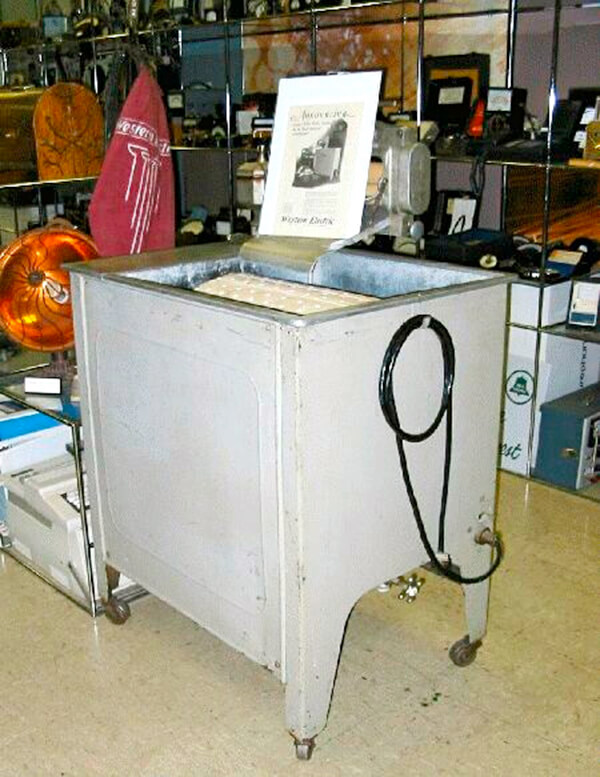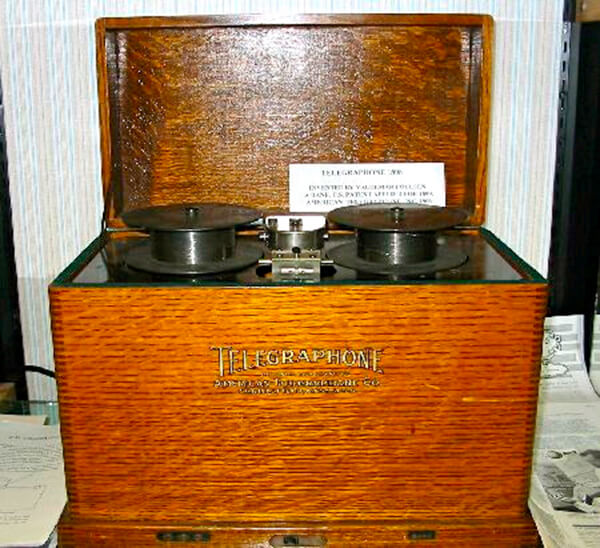Other Equipment | The Connections Museum Seattle - Telecom Exhibits (original) (raw)
The Connections Museum Seattle has acquired a large collection of modern and historical equipment related to the telecommunications industry. See below for more information about our Seattle exhibits.
The Connections Museum Seattle - Other Equipment
Connections Museum Seattle contains collections that tell the story of the history of communication. This includes more than telephones!
We have a collection of amateur and commercial radio equipment, including transmitters and receivers. Many of our volunteers are also amateur radio operators and collectors. Western Electric, the primary provider of electrical equipment to AT&T, also contributed to integral pieces in the American household. We are lucky to have some of these items in our museum.
Amateur Radio Equipment
Many of the volunteers at the Connections Museum are also amateur radio operators. The museum contains many different transmitters and receivers on display. There are also examples of commercial amateur gear as well at the museum.
Commercial AM Transmitter
This exhibit is a 1000 watt #6B AM broadcast transmitter that was in commercial operation in Everett, Washington. The transmitter was manufactured in 1928 by Western Electric. It was powered by two – 2,000 volt generators for a total of 4,000 volts. If you look closely at the right side of the base of the transmitter the water cooling pipes that keep the transmitter at the correct operating temperature are visible.
Movie Projector
This mid 1920’s vintage movie projector is one of many attempts to synchronize sound with motion pictures. The phonograph would play the sound portion of the program while the visual portion was playing. This solution was not ideal since a splice in the film would change the registration of the picture with the sound. Later technology placed the sound track on the film next to the image so that sounds and pictures were always in registration.
In 1926 Western Electric created Electrical Research Products Incorporated (ERPI) as a subsidiary to develop non-telephone inventions of the Bell System research, and in particular talking machines.
Sewing Machine
This sewing machine is one of many electrical appliances manufactured by Western Electric at the museum. It is interesting to note that the motor was mounted on the front of the machine and not in the rear of it.
Washing Machine
Western Electric distributed this washing machine in 1924. As an advertisement of the time said, “Here is a Clothes Washer that combines pleasing appearance with the stoutly-built mechanism needed to get clothes really clean.” This model might seem less attractive in your 21st century home.
Wire Recorder
The earliest means of recording sounds was the phonograph. The wire recorder came later, unlike today’s modern recorders that use mylar tape with a magnetic coating, wire recorders use a thin iron wire instead. As the wire passed through the recording head it was magnetized, storing the signals from a microphone or other input device. Wire recorders were more suitable for one time recording and the wire can be used more than once allowing a cost savings.
